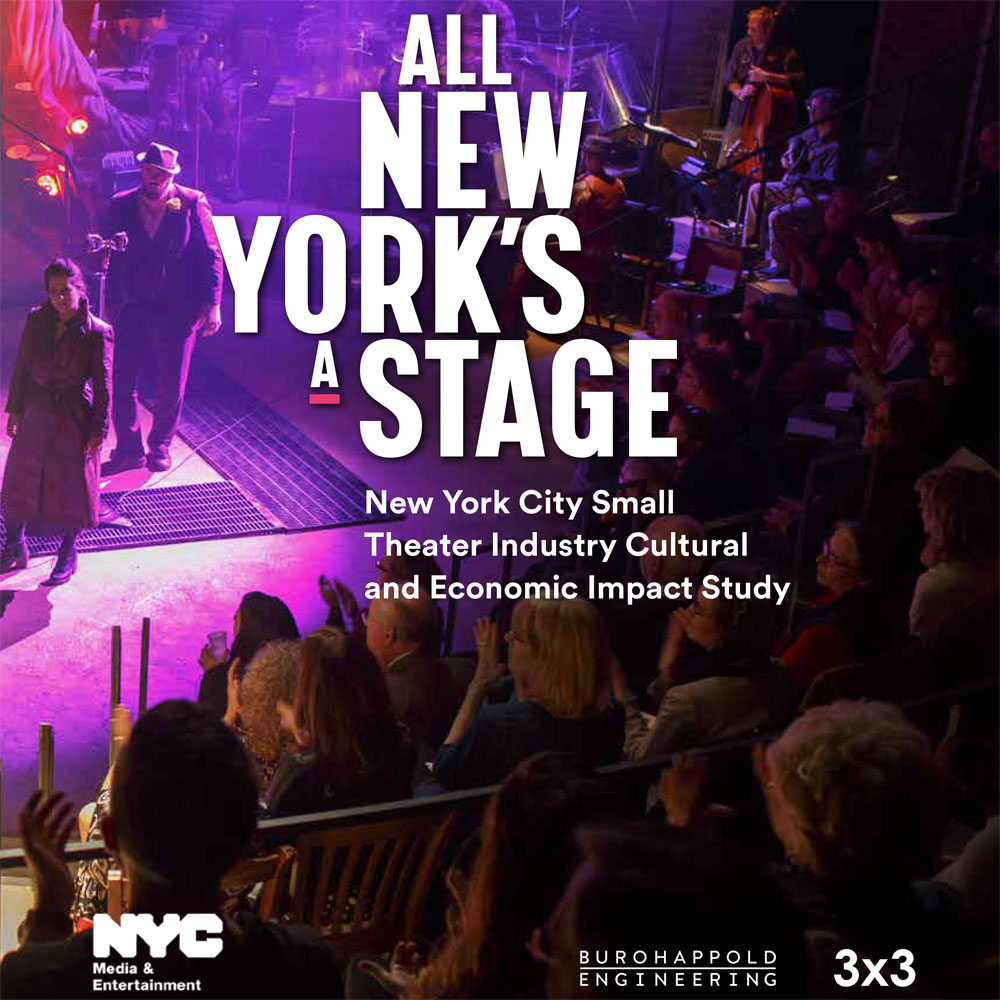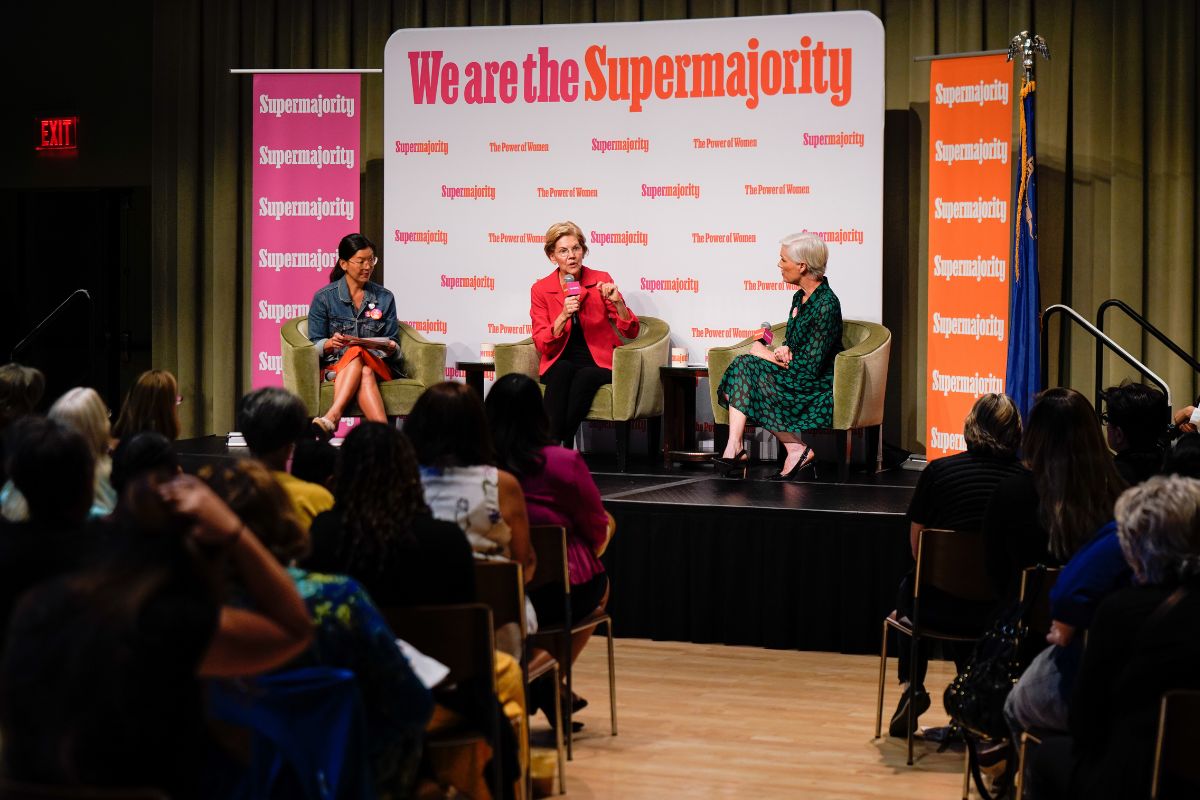
November 20, 2019; New York Times
Results of a study released last week by the mayor’s office in New York City make a strong case for the impact of the city’s “small venue theaters”—some 748 Off- and Off-Off-Broadway companies, most of which are nonprofit organizations. As NPQ’s Rob Meiksins noted last year, New York’s nonprofit theater world has a proud history, stretching back over 100 years. Among the findings of the city’s report, All New York’s a Stage: NYC Small Theater Industry Cultural and Economic Impact Study, noted in the New York Times, are that these theaters “have an outsize cultural influence, often nurturing risky work, and reaching a wider audience with more affordable tickets.”
The study shows that New York’s non-Broadway theaters “are responsible for $584 million in direct annual economic output” and an estimated $1.3 billion in “direct, indirect, and induced benefits.” The Times article points out that some of Broadway’s most celebrated plays in recent years were first presented by small-venue theaters: Hadestown (New York Theater Workshop), The Band’s Visit (Atlantic Theater Company), Hamilton (Public Theater), and Fairview (Soho Rep).
Despite these significant cultural and economic contributions to the city, the study also highlights the industry’s vulnerabilities: insufficient funds (especially to pay artists and other staff, and for real estate), higher reliance on philanthropy and government funding, and a steady “churn” of new companies being launched even as others fold. Many of these organizations are “nomads,” presenting work on stages they don’t own and sometimes on different stages from one season or one production to the next.
Sign up for our free newsletters
Subscribe to NPQ's newsletters to have our top stories delivered directly to your inbox.
By signing up, you agree to our privacy policy and terms of use, and to receive messages from NPQ and our partners.
“Unstable compensation structures”—a phrase from the report likely to resonate with nonprofit theater leaders and artists everywhere—is among the greatest challenges. The study found that these smaller theaters—724 (96 percent) of which are nonprofits—rely on more than 9,000 non-salaried workers. Many workers are paid as freelancers on a project-by-project basis. But for the smallest theater companies, with annual budgets less than $100,000, 92 percent of the labor is done by volunteers. Still, the study found that small-venue theaters in New York support more than 8,400 full-time jobs and pay $512 million in wages each year.
Other findings from the study worth noting—and likely reflective of smaller nonprofit theater companies across the US—include:
- The small-theater industry is diverse and includes many nonprofits “that give voice to underrepresented communities.”
- These organizations face “increasing challenges from rising operating costs, including affordable rehearsal and performance space, wages and production costs.”
- Individual companies may come and go, but the sector is resilient. Since 2011, more than 100 small theater organizations in New York have closed, but more than 280 new ones have opened.
The study was overseen by the Mayor’s Office of Media and Entertainment, working with consulting firms BuroHappold Engineering and 3×3 Design. Commissioner of the Mayor’s Office of Media and Entertainment Anne del Castillo says she hopes the findings will drive patrons, donors, and government funders to provide additional support to these smaller theater companies. In October, the city ran a campaign titled “All New York’s a Stage,” aimed at encouraging residents and visitors to attend performances at small theaters throughout the five boroughs.
The city’s press release about the report emphasizes that New York City Department of Cultural Affairs does provide financial support to these smaller theaters, with more than $45 million in Fiscal-Year 2019 alone going to 383 organizations working in theater and/or multidisciplinary arts. Why? As Cultural Affairs Commissioner Tom Finkelpearl puts it, “NYC’s dynamic, vibrant, iconic theater industry simply couldn’t exist without our rich ecosystem of small theaters. Smaller venues are where exciting ideas and new talent get to connect with audiences.”—Eileen Cunniffe











